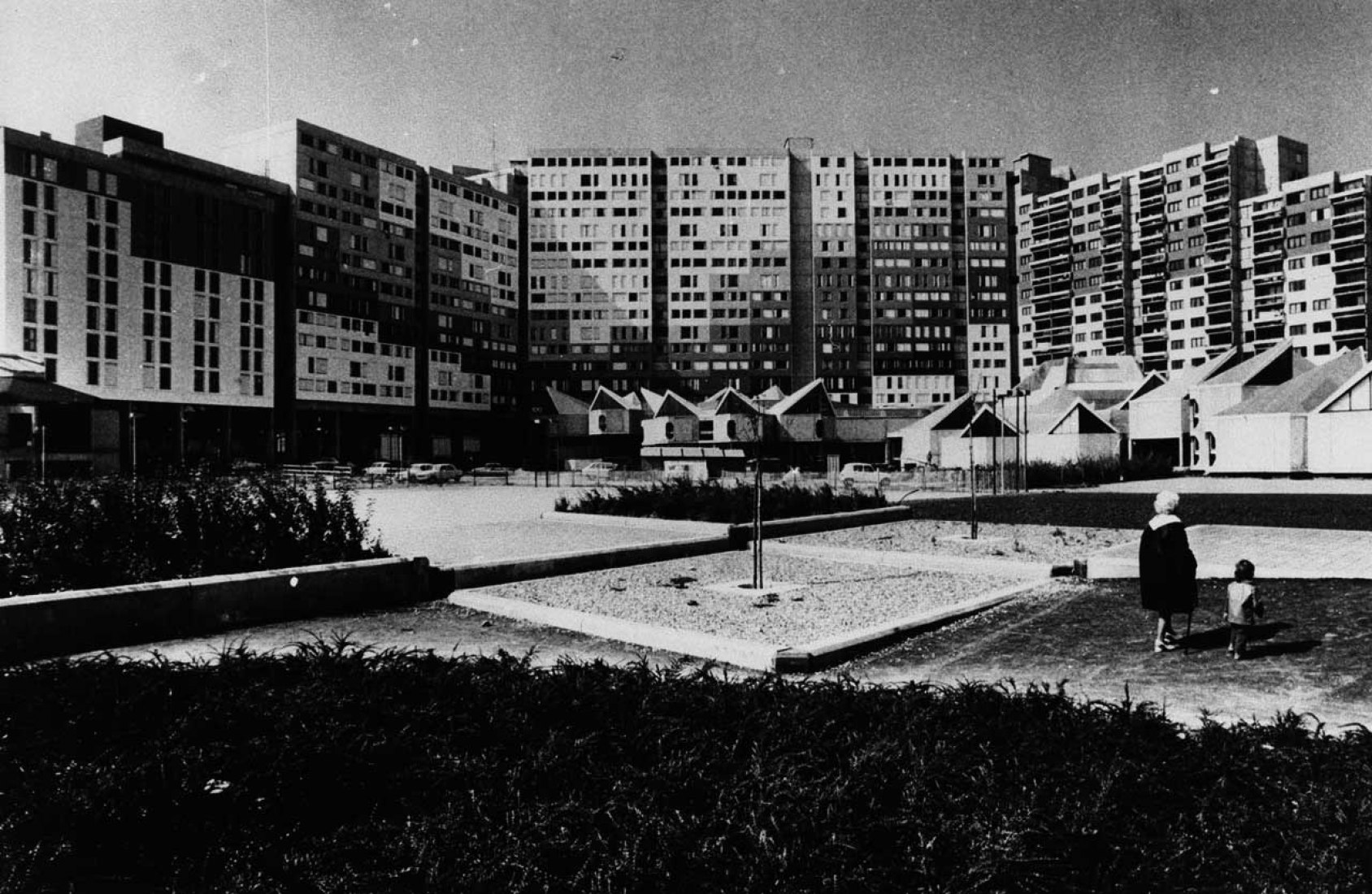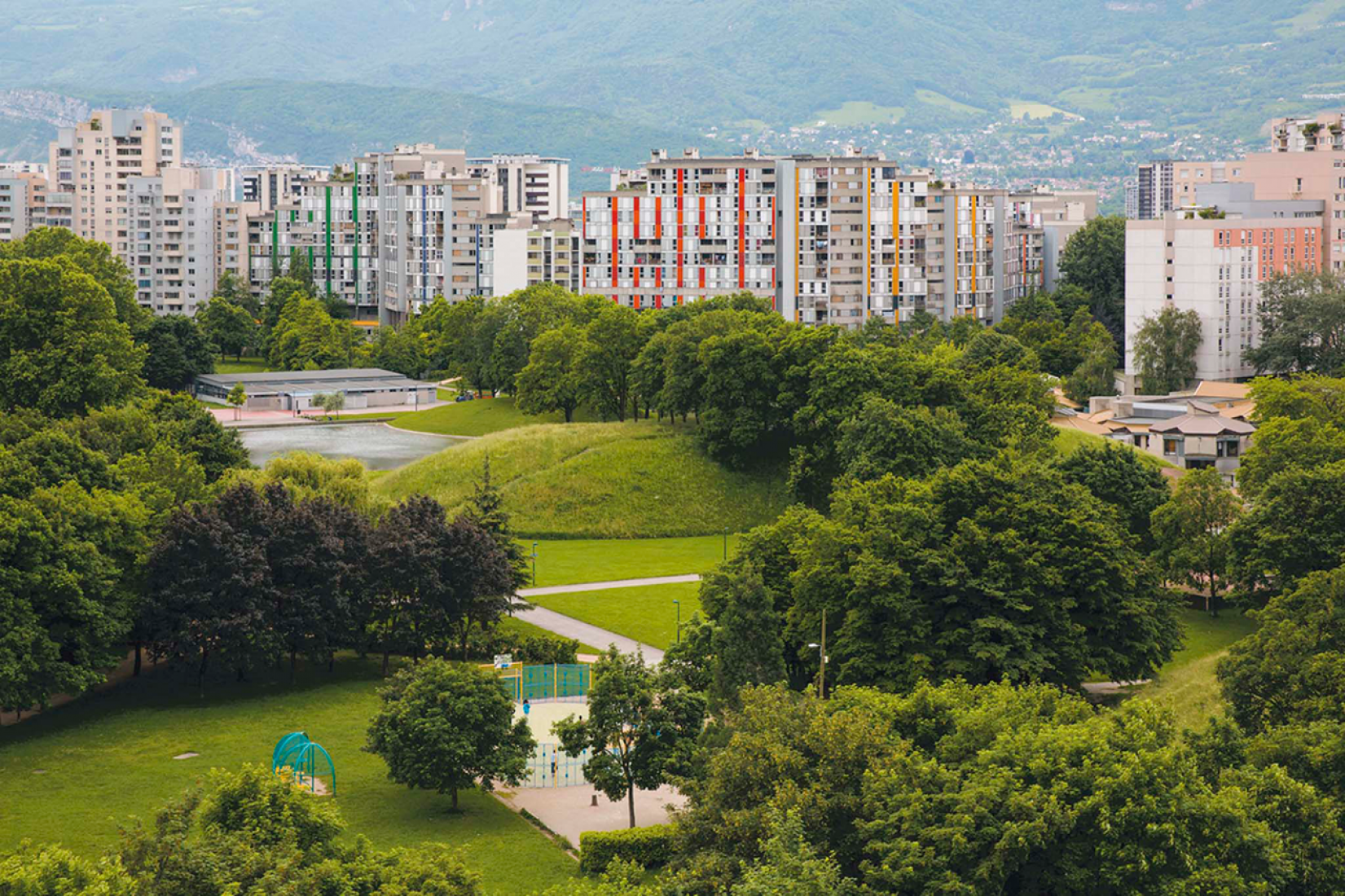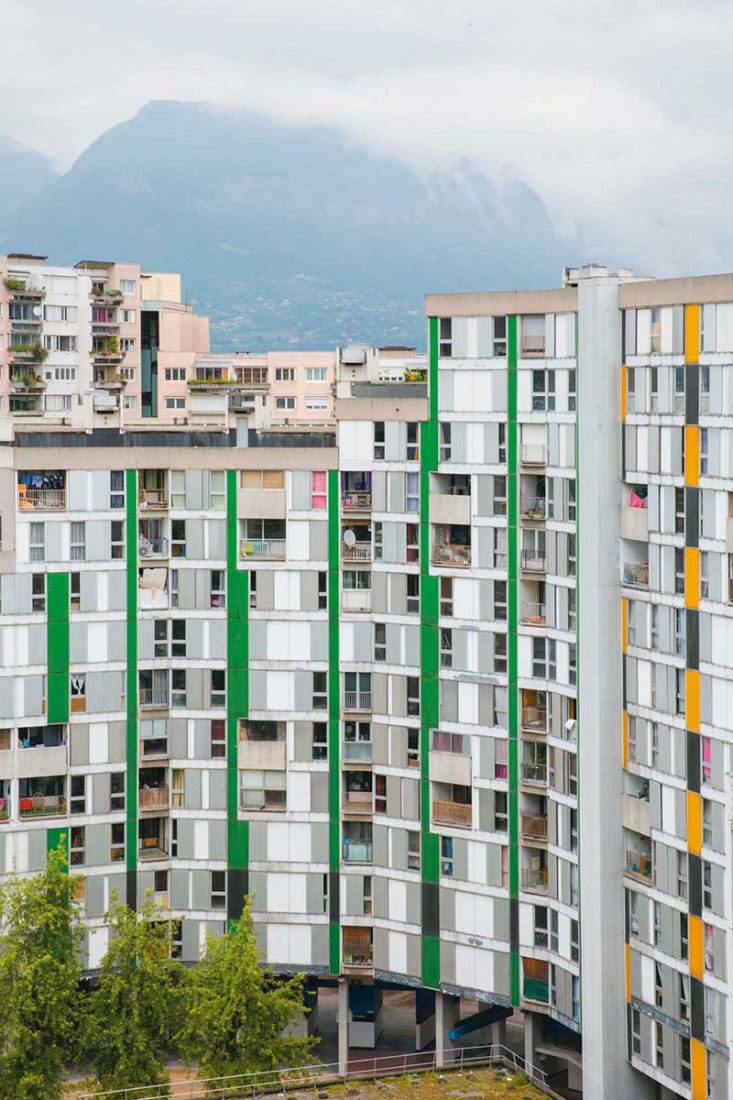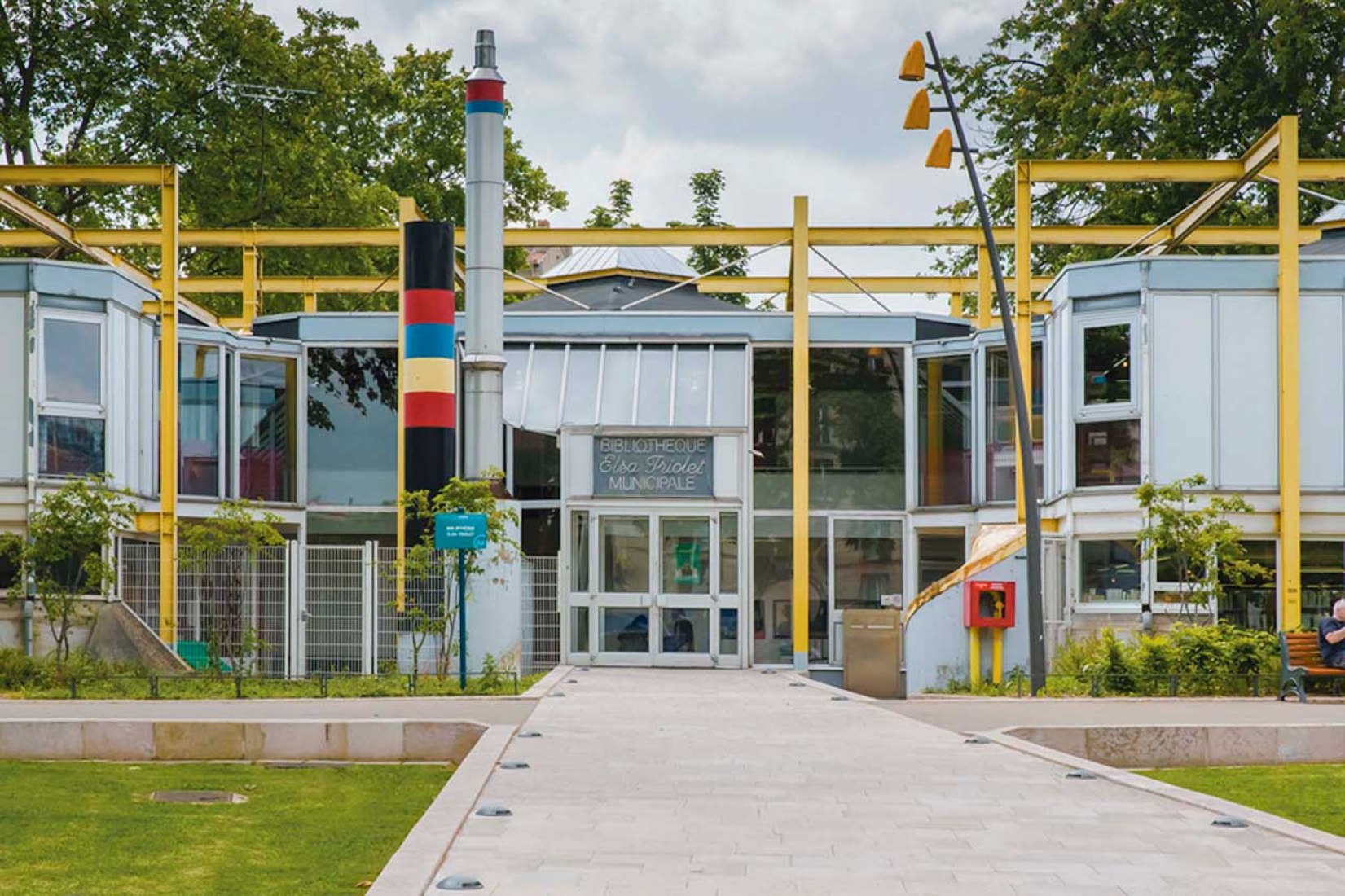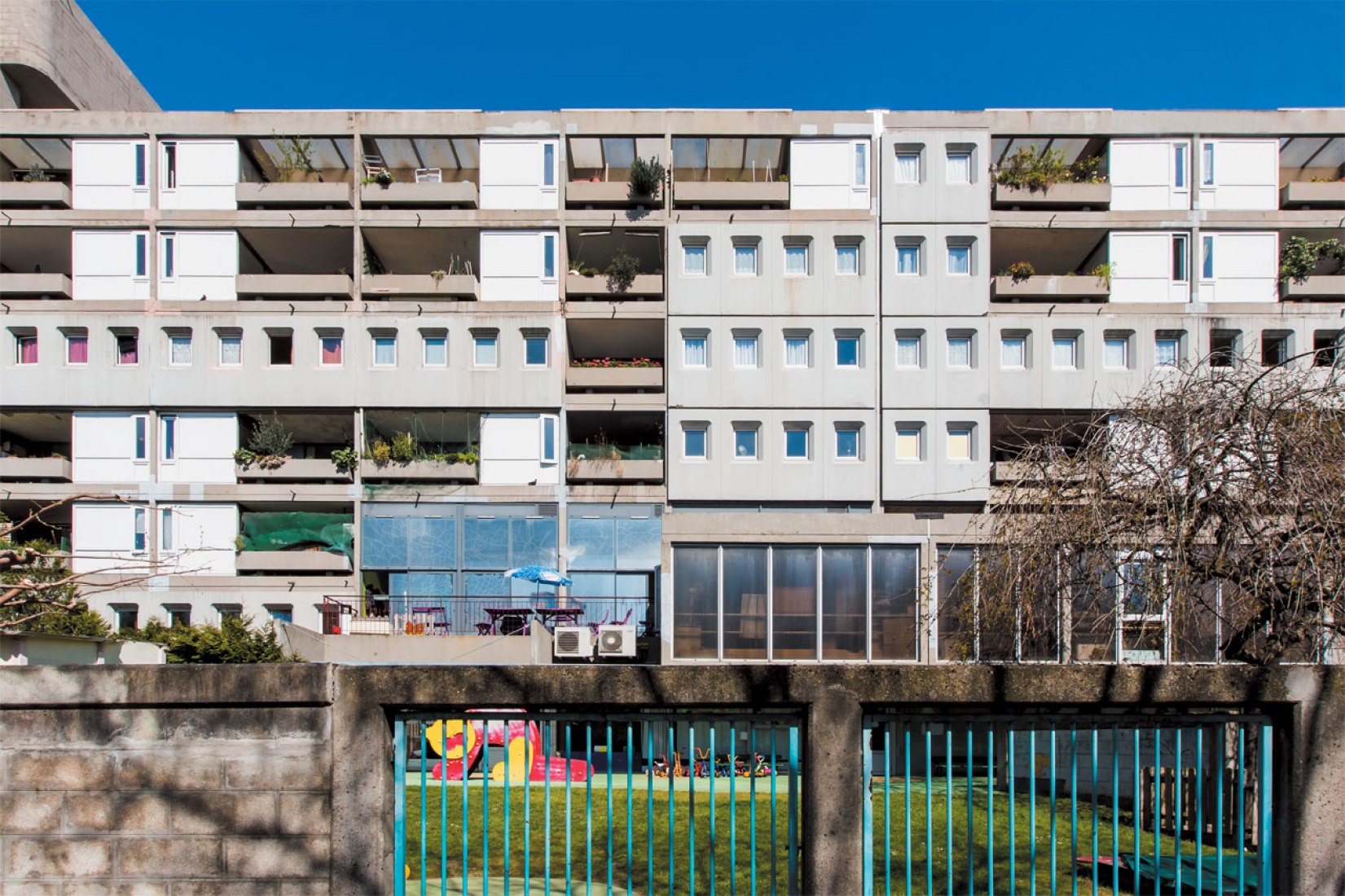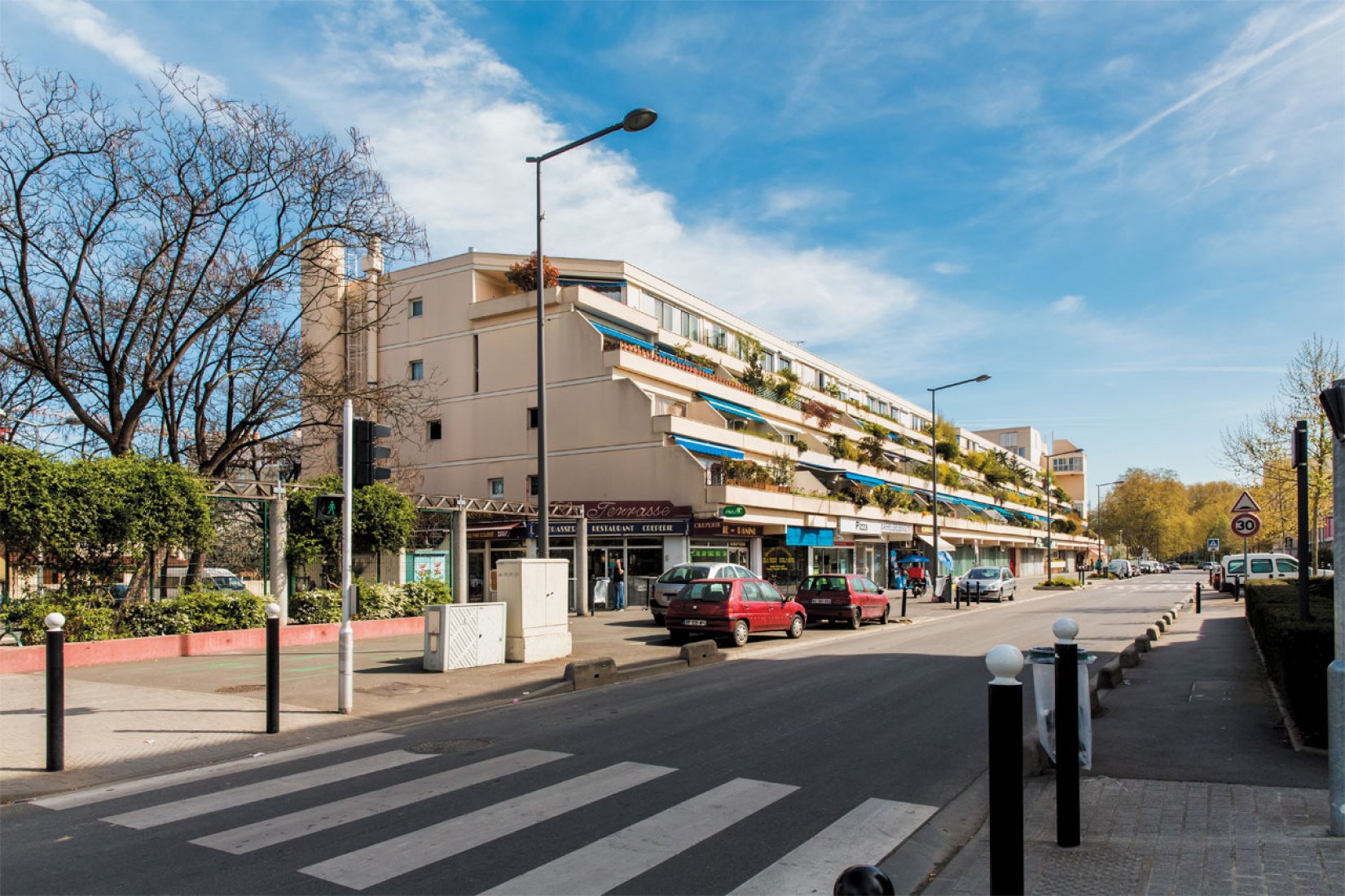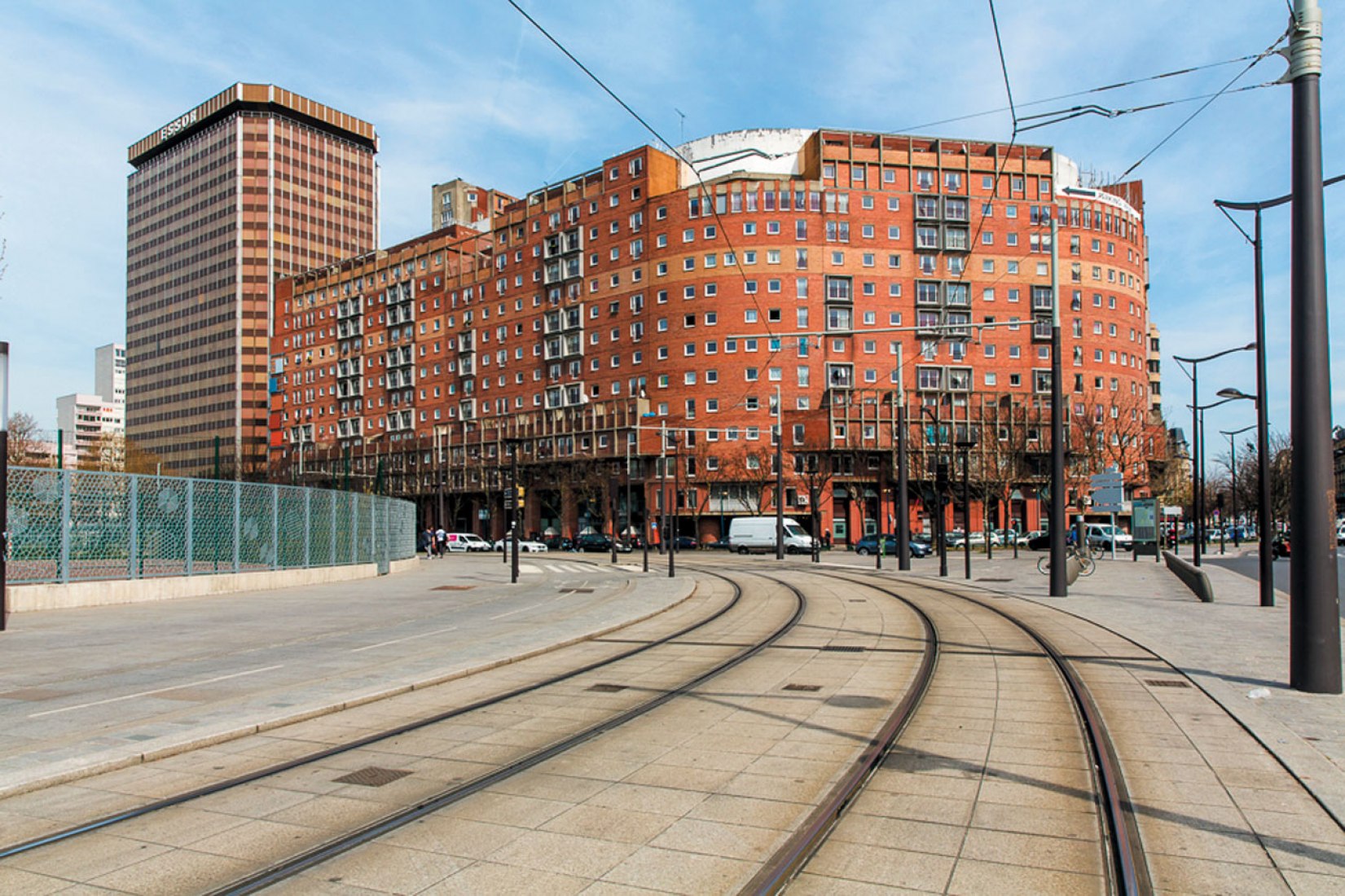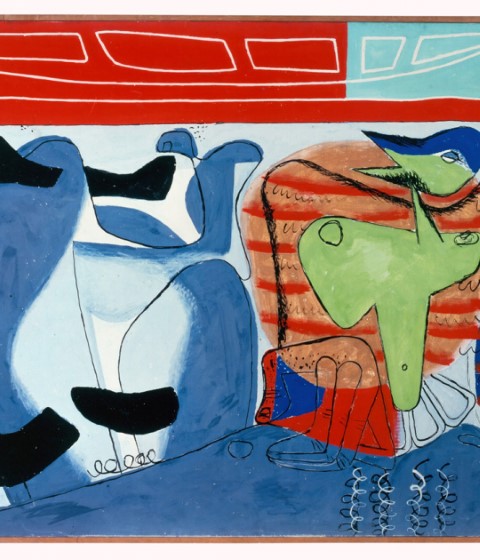Shortly after the death of Le Corbusier, fifty years ago, the Circle of Architectural Studies awarded its price to three teams: the Atelier de Montrouge, the group of Salier Courtois, Lajus, Sadirac and Atelier d’urbanisme et d’architecture (AUA). The latter is particularly distinguished by its multidisciplinary nature, for it was the first to join architects, decorators, engineers, urban planners and sociologists around a common project, while maintaining a close relationship with politics and culture.
Both a collective project, a shared workspace, and a family of sorts, the AUA was, in a way, a sort of phalanstery, a utopian construction. Despite the notoriety of some of their works, such as the district of the Harlequin in Grenoble, the administrative center of Pantin, and many cultural and sports buildings which remain monuments among the cities well beyond the Paris region, the production of this influential group remains fully undiscovered.
Bringing together several generations of designers from diverse disciplinary and geographical origins, the Workshop developed its activity for 25 years, in France which was modernizing itself and experiencing intense political issues – the war in Algeria in the term of François Mitterrand. Banned from major urban centers for a long time, it operated in suburban areas and in the early new towns in a permanently switching from the initiatives of local governments to state programs.
All this, and much more, we learn in the exhibition “AUA – Une architecture de l’engagement 1960-1985.” For who is not familiar with the group (as I am sure it is the case for many architects outside France), the exhibition is a marvelous journey into a particular epoch and a singular approach to the profession.
Commitment, seen by Jean-Paul Sartre as an active participation in history marked all the actions of the AUA. Their attitude ran through all the areas where the Atelier had taken action: housing and public facilities, starting with theater; urban planning, especially in the suburbs, a pioneering concern for landscape; the confrontation with the technical policies in the era of open industrialization and innovative models. The Workshop was also among the pioneers of a new professional practice based on cooperation, dialogue and sharing, which the twelve Forums celebrated (from 1962 to 1966) attest, among other publications encouraged by members of the AUA. The unquestionable diversity of architectural critique and essays, seen in the great differences among Jacques Kalisz and Henri Ciriani, is however joined together by a common ground of basic principles, such as loyalty to the ideas of the modern movement, a persistent enthusiasm for teamwork with the aim of multidisciplinarity, insistence on the constructive dimension of architecture and a close attention to the relationship between the isolated building and the urban fabric.
Through both a theme-based and chronological journey, the multifaceted work of the Atelier AUA is presented with models, drawings, photographs, publications, films and full-scale objects, elements from the buildings and furniture.



